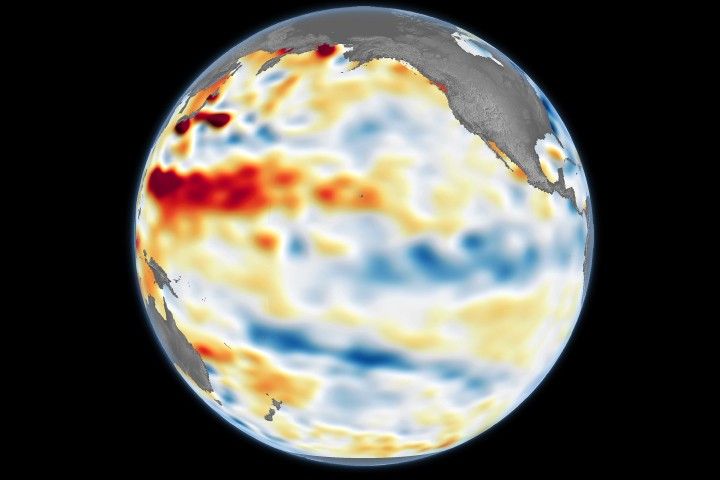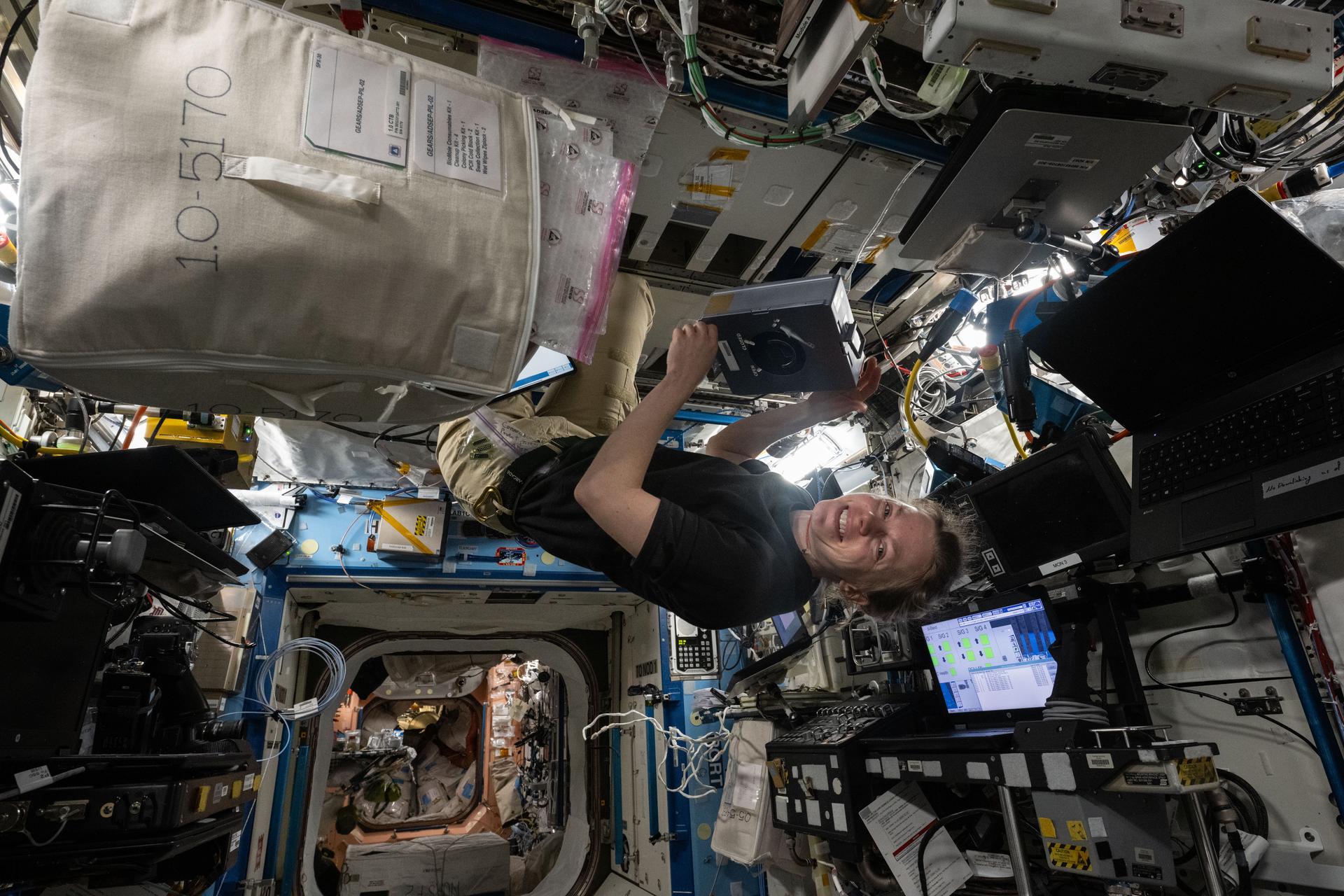Yohkoh
Type
Launch
Target
Objective
Orbit: Low-Earth Orbit
Yohkoh (“Sunbeam”) was a Japanese solar mission with USA and UK collaborators. It was launched into Earth orbit in August 1991 from the Kagoshima Space Center in Southern Japan, and provided valuable data about the sun’s corona and solar flares. Its mission was to observe in X-ray radiation the energetic phenomena occurring in the solar atmosphere or corona, such as solar flares and gamma-ray emissions. To meet the task, the satellite carried four instruments: a Soft X-ray Telescope, Hard X-ray Telescope, Bragg Crystal Spectrometer, and Wide Band Spectrometer.
In December 2001, a fatal spacecraft failure ended Yohkoh’s mission. During an annular solar eclipse on December 14, the spacecraft lost pointing and the batteries discharged. Spacecraft operators were unable to command the satellite to point towards the sun. Yohkoh re-entered Earth’s atmosphere on September 12, 2005.
Top of Page | Back to Missions


































